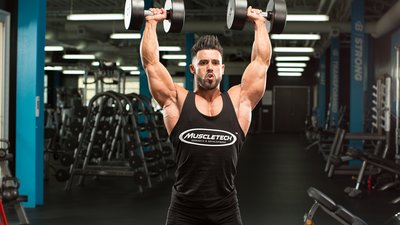You can insult a bodybuilder with any combination of letters of the alphabet. Tell some dude his upper body resembles an I (stick-man), an H (blocky), B (big chest, equally big belly) or even the dreaded O (self-explanatory), and you'll shoot him down hard. But call him a V, as in V-taper, and you've given him some respect.
The look of massive shoulders tapering down to a narrow waist sets seasoned lifters apart from the crowd. But a head-turning V-taper isn't the result of a particular workout; you have to train a number of muscle groups, plus work towards getting a tight midsection. If you've got a lot of body fat around your waist, you might have to engage in cardio and follow a strict diet—or your V could more closely resemble a U.
By tweaking your existing workouts, you can put even greater emphasis on areas that will make your V shine and give you the illusion of being far bigger than you really are.
1. Get Wide With Shoulder Molders
Of the three shoulder heads—front, middle, and rear—the middle delts are the ones that give you the greatest width. By focusing on the middle delts, you can see fast results.
Press or upright row with your elbows straight out to your sides. While you recruit your middle delts heavily when you do overhead-pressing work, not all shoulder presses work the middle delts the same. Your cue is to watch your upper arms. When you press overhead with dumbbells, your upper arms extend straight out to your sides. This is when the middle delt is positioned to undergo maximum contraction.
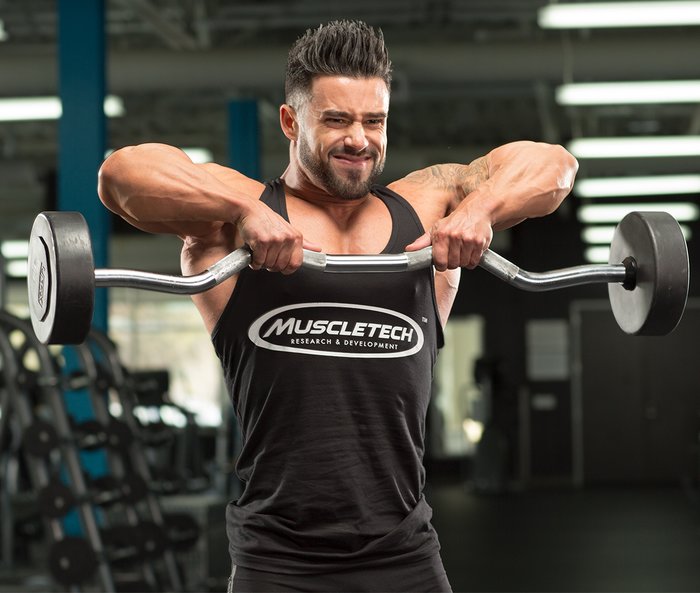
When you do Arnold presses or barbell presses with the bar in front of your head, your upper arms pull forward instead of going directly out to your sides. That slight shift recruits the front delts and removes some of the tension from the middle delts.
Make no mistake, the Arnold press is a great shoulder movement, but dumbbell presses and barbell presses that take the bar behind your head do a better job of targeting the middle delts. Any machine press that takes your upper arms directly out to your sides will also do an effective job of hitting the middle delts.
What applies to presses also works for upright rows. If you take a closer grip on the bar, your elbows will come forward more, which recruits the front delts at the expense of the middle delts. Instead, use a wide grip to hit the middle delts.
Don't forget the shoulder raises. The same rule that guides you in multi-joint exercises, like rows and presses, extends to single-joint exercises: Your upper arms must go straight out to your sides for optimal middle-delt engagement. That makes any number of lateral-raise exercises candidates to include in your workout. Because lateral raises are easy to screw up, pay close attention to your form.
Add even more middle-delt emphasis by including more than one single-joint move in your shoulder workout. You can also add post-failure techniques like forced reps or dropsets to generate a greater degree of muscle burn and, potentially, greater growth in the middle delts.
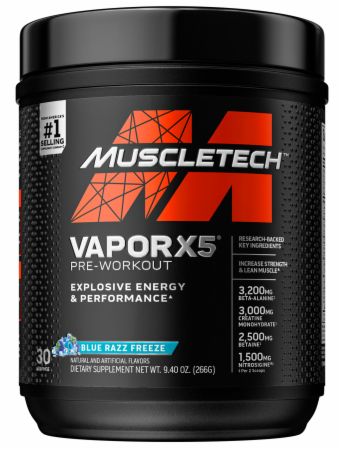
2. Put More Focus on Your Upper lats
Moving down from your middle delts, well-developed upper lats also help to build a killer V. Of course, back training includes a number of muscle groups, (the larger ones include the lats, rhomboids, middle and lower traps, and rear delts) but the V-shape is best served by a focus on the upper latissimus region.
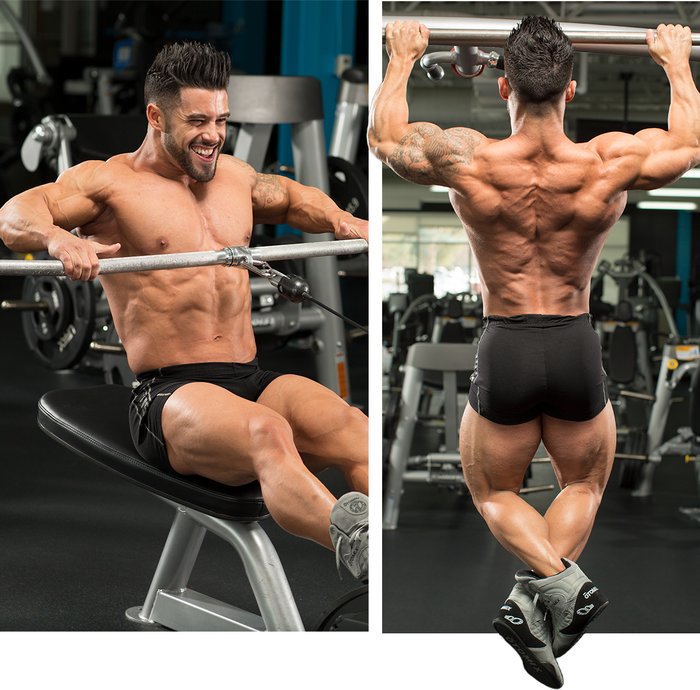
In general, back training can be separated into two groups: movements like pull-ups and pull-downs that are done in a more-or-less vertical plane, and rowing movements in which you're pulling almost perpendicular to your body. The vertical moves help increase your back width, while the perpendicular ones add more middle-back thickness.
If you currently do your cable rows with a close-grip handle, try substituting a lat bar and using a wide grip instead. Pulling it high into your chest works to better emphasize your upper lat region.
3. Whittle Your Middle
This may be your biggest battle of all, because exercise alone may not be enough to tighten up your waistline. It's going to take some effort to not only watch what and how much you eat, but to make sure you stay in a caloric deficit every day. Follow a smart fat-burning nutrition strategy, monitor your results, and do resistance training and cardio to burn more calories. While you're at it, though, make sure to prioritize keeping your muscle while leaning out.
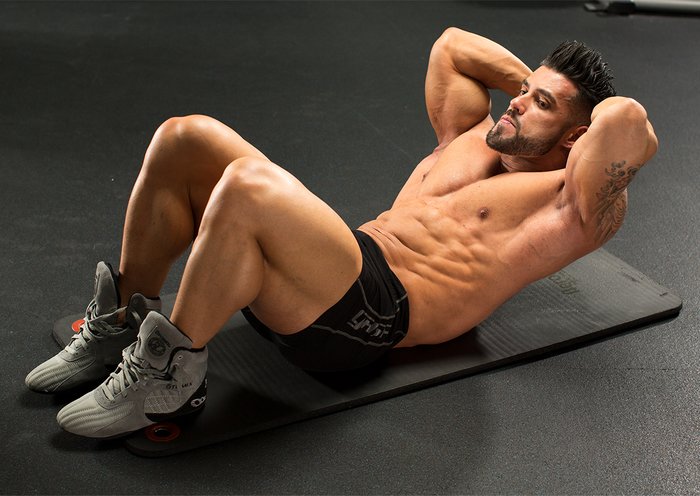
As your body fat goes down, your abdominal definition will increase. So be sure to include abdominal exercises (including various crunch, reverse crunch, and weighted ab exercises) in your routine. A few that go well with the V-taper quest include:
- Ab crunch machine
- Standing cable crunch
- Decline-bench crunch
- Exercise-ball crunch
- One-arm high-pulley side bend
- Decline reverse crunch
- Exercise ball pull-in
That's how you really develop the six-pack ridges and peaks of the rectus abdominis. Start with sessions of 3-4 exercises every other day, beginning with the most difficult movement and keeping rest periods to no more than 30-45 seconds.
Developing a better V-taper requires a dual-track approach where you build muscle up top and reduce extra baggage in the middle. The more massive your shoulders and the slimmer your waist, the less chance someone will mistake you for one of those other letters. You'll be a V all the way!

